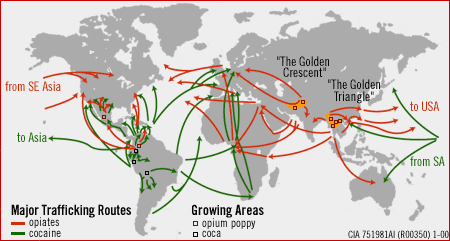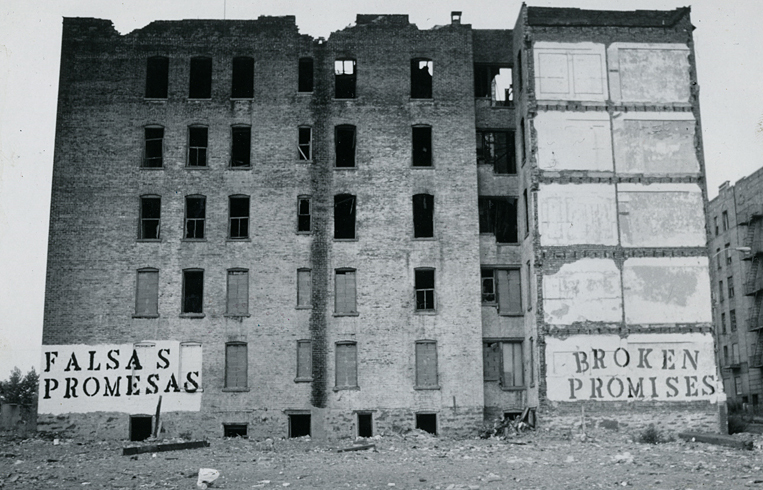|
Historic Core, Los Angeles, California
The Historic Core is a district within Downtown Los Angeles includes the world's largest concentration of movie palaces, former large department stores, and office towers, all built chiefly between 1907 and 1931. Within it lie the Broadway Theater District and the Spring Street historic financial district, and in its west it overlaps with the Jewelry District and in its east with Skid Row. The Historic Core falls into two business improvement districts, Historic Core (south of 4th St.) and Downtown LA (from 2nd to 4th Street). The total Historic Core is thus composed of: *Los Angeles Street from 2nd to 6th streets, *Spring Street and Main Street from 2nd to 7th streets, *Broadway from 2nd to 9th streets, * Hill Street from 2nd to 10th streets Please consult the articles about the individual streets and historic districts above for a full discussion of the architectural landmarks in the district. History The Historic Core was the central business district of the city from th ... [...More Info...] [...Related Items...] OR: [Wikipedia] [Google] [Baidu] |
Neighborhoods Of Los Angeles
This is a list of notable districts and neighborhoods within the city of Los Angeles, California, present and past. It includes residential and commercial areas and business-improvement districts, but does not include sales subdivisions or sales tracts. The guiding precept is Wikipedia:Notability (geographic features)#Geographic regions, areas and places. AE * Adams-Normandie * Alsace * Angelino Heights''The Thomas Guide: Los Angeles County'', Rand McNally (2004), pages N and O * Angeles Mesa * Angelus Vista * ArletaNeighborhoods , Mapping L.A., ''Los Angeles Times'' * Arlington Heights * [...More Info...] [...Related Items...] OR: [Wikipedia] [Google] [Baidu] |
Central Business District, Los Angeles (1880s-1890s)
The late-Victorian-era Downtown of Los Angeles grew year by year, around 1880 centered at the southern end of the Los Angeles Plaza area, and over the next two decades, extending south and west along Main Street, Spring Street, and Broadway towards Third Street. Most of the 19th-century buildings no longer exist, surviving only in the Plaza area or south of Second Street. The rest were demolished to make way for the Civic Center district with City Hall, numerous courthouses, and other municipal, county, state and federal buildings, and Times Mirror Square. This article covers that area, between the Plaza, 3rd St., Los Angeles St., and Broadway, during the period 1880 through the period of demolition (1920s–1950s). At the time (1880-1900), the area was referred to as the business center, business section or business district. By 1910, it was referred to as the “North End” of the business district which by then had expanded south to what is today called the Historic Core ... [...More Info...] [...Related Items...] OR: [Wikipedia] [Google] [Baidu] |
Drug Dealing
The illegal drug trade or drug trafficking is a global black market dedicated to the cultivation, manufacture, distribution and sale of prohibited drugs. Most jurisdictions prohibit trade, except under license, of many types of drugs through the use of drug prohibition laws. The think tank Global Financial Integrity's ''Transnational Crime and the Developing World'' report estimates the size of the global illicit drug market between US$426 and US$652billion in 2014 alone. With a world GDP of US$78 trillion in the same year, the illegal drug trade may be estimated as nearly 1% of total global trade. Consumption of illegal drugs is widespread globally and it remains very difficult for local authorities to thwart its popularity. History The government of the Qing Dynasty issued edicts against opium smoking in 1730, 1796 and 1800. The West prohibited addictive drugs throughout the late 19th and early 20th centuries. Beginning in the 18th century, British merchants from ... [...More Info...] [...Related Items...] OR: [Wikipedia] [Google] [Baidu] |
Prostitution
Prostitution is the business or practice of engaging in Sex work, sexual activity in exchange for payment. The definition of "sexual activity" varies, and is often defined as an activity requiring physical contact (e.g., sexual intercourse, non-penetrative sex, oral sex, etc.) with the customer. The requirement of physical contact Prostitution#Medical situation, also creates the risk of transferring diseases. Prostitution is sometimes described as sexual services, commercial sex or, colloquially, hooking. It is sometimes referred to euphemistically as "the world's oldest profession" in the English-speaking world. A person who works in this field is called a prostitute, or more inclusively, a sex worker. Prostitution occurs in a variety of forms, and prostitution law, its legal status varies from Prostitution by country, country to country (sometimes from region to region within a given country), ranging from being an enforced or unenforced crime, to unregulated, to a regulated ... [...More Info...] [...Related Items...] OR: [Wikipedia] [Google] [Baidu] |
Central Los Angeles
__NOTOC__ Central Los Angeles is the historic urban region of the City of Los Angeles, California. Geography The City of Los Angeles The Los Angeles Department of City Planning divides the city into Area Planning Commission (APC) areas, each further divided into Community Plan areas (CPAs). The Central Los Angeles APC area is made up of the following six CPAs: * Central City CPA * Central City North CPA * Hollywood CPA * Westlake CPA * Wilshire CPA Each CPA is divided by neighborhood council, though a neighborhood council can cover an area in more than one CPA. Neighborhoods within each CPA include the following: Central City CPA * Bunker Hill * Central City East * Civic Center * Convention Center district * El Pueblo district * Fashion District * Historic Core * Little Tokyo * South Park * Warehouse District Central City North CPA * Chinatown * Little Tokyo (partly) * Arts District * Warehouse District Wilshire CPA * Wilshire Center * Koreatown * Hancock Park ... [...More Info...] [...Related Items...] OR: [Wikipedia] [Google] [Baidu] |
White Flight
White flight or white exodus is the sudden or gradual large-scale migration of white people from areas becoming more racially or ethnoculturally diverse. Starting in the 1950s and 1960s, the terms became popular in the United States. They referred to the large-scale migration of people of various European ancestries from racially mixed urban regions to more racially homogeneous suburban or exurban regions. The term has more recently been applied to other migrations by whites, from older, inner suburbs to rural areas, as well as from the U.S. Northeast and Midwest to the milder climate in the Southeast and Southwest. The term 'white flight' has also been used for large-scale post-colonial emigration of whites from Africa, or parts of that continent, driven by levels of violent crime and anti-colonial or anti-white state policies. Migration of middle-class white populations was observed during the civil rights movement in the 1950s and 1960s out of cities such as Cleveland, D ... [...More Info...] [...Related Items...] OR: [Wikipedia] [Google] [Baidu] |
Million Dollar Theatre
The Million Dollar Theatre at 307 S. Broadway in Downtown Los Angeles is one of the first movie palaces built in the United States. It opened in 1917 with the premiere of William S. Hart's '' The Silent Man''. It's the northernmost of the collection of historical movie palaces in the Broadway Theater District and stands directly across from the landmark Bradbury Building. The theater is listed in the National Register of Historic Places. History The Million Dollar was the first movie house built by entrepreneur Sid Grauman in 1918 as the first grand cinema palace in L.A. Grauman was later responsible for Grauman's Egyptian Theatre and Grauman's Chinese Theatre, both on Hollywood Boulevard, and was partly responsible for the entertainment district shifting from downtown Los Angeles to Hollywood in the mid-1920s. Sculptor Joseph Mora did the elaborate and surprising exterior Spanish Colonial Revival ornament, including bursts of lavish Churrigueresque decoration, statues, longho ... [...More Info...] [...Related Items...] OR: [Wikipedia] [Google] [Baidu] |
Hispanic And Latino Americans
Hispanic and Latino Americans ( es, Estadounidenses hispanos y latinos; pt, Estadunidenses hispânicos e latinos) are Americans of Spanish and/or Latin American ancestry. More broadly, these demographics include all Americans who identify as Hispanic or Latino regardless of ancestry.Mark Hugo Lopez, Jens Manuel Krogstad and Jeffrey S. PasselWho Is Hispanic? Pew Research Center (November 11, 2019). As of 2020, the Census Bureau estimated that there were almost 65.3 million Hispanics and Latinos living in the United States and its territories (which include Puerto Rico). "Origin" can be viewed as the ancestry, nationality group, lineage or country of birth of the person or the person's parents or ancestors before their arrival in the United States of America. People who identify as Hispanic or Latino may be of any race. As one of the only two specifically designated categories of ethnicity in the United States (the other being "Not Hispanic or Latino"), Hispanics and Latinos f ... [...More Info...] [...Related Items...] OR: [Wikipedia] [Google] [Baidu] |





